The Purple Wisteria is a beautiful and shady tree often used in urban landscape projects. Today, let’s explore its characteristics, uses, and Feng Shui meanings.
1 What is the Purple Wisteria?
Origin and Meaning of the Purple Wisteria
The Purple Wisteria, also known as the Queen’s Wisteria, is a species of tree in the Legume family, with three variations: woody trees, shrubs, and vines. Currently, the most commonly cultivated types are the woody trees and shrubs.
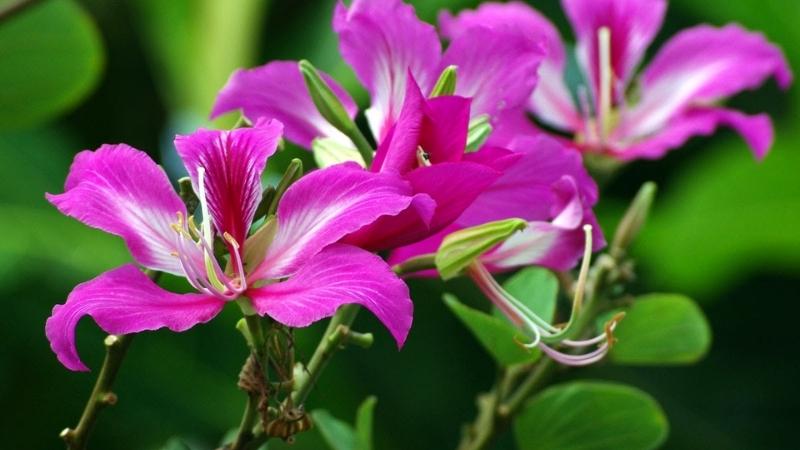 Purple Wisteria Features
Purple Wisteria Features
The woody Purple Wisteria typically grows to a height of 2-6 meters, with a gray, knobby trunk that branches out into multiple smaller limbs. Its canopy is long and sparse, but the leaves are a deep green and very large. The tree gets its name from the unique shape of its leaves, which resemble a cow’s hoof with their heart-like shape divided into two rounded sections at the tip. Each leaf has between 9 and 11 veins.
Feng Shui Meaning of the Purple Wisteria
 Feng Shui Meaning of the Purple Wisteria
Feng Shui Meaning of the Purple Wisteria
The Purple Wisteria is not only beautiful but also holds a profound symbolic meaning. It represents uniqueness, individuality, and a strong life force. This signifies that no matter the circumstances or challenges faced, one will persevere and bravely express their true self and identity. Additionally, the color of the tree easily evokes positive and wholesome associations. Thus, it can be considered a symbol of life, peace, and good fortune.
Characteristics of the Purple Wisteria
 Purple Wisteria Characteristics
Purple Wisteria Characteristics
The Purple Wisteria’s flowers are hermaphrodite, usually growing in sparse clusters, but each blossom is quite large and has five vibrant purple petals. The flowers have a gentle, pleasant fragrance, making them a popular choice for landscaping and natural scenery.
The Purple Wisteria has a rapid growth rate and blooms year-round due to its preference for sunlight and humid temperatures, making it well-suited to the tropical monsoon climate of Vietnam. Because it grows continuously throughout the year, the Purple Wisteria requires a substantial amount of nutrients to survive.
2 Benefits of the Purple Wisteria
With its long canopy and large leaves, the Purple Wisteria is often used to provide shade along roads or in public spaces, offering both protection from the sun and an aesthetic enhancement to the urban landscape.
Additionally, the Purple Wisteria helps purify the air, making the environment cleaner and more pleasant, especially with its refreshing fragrance.
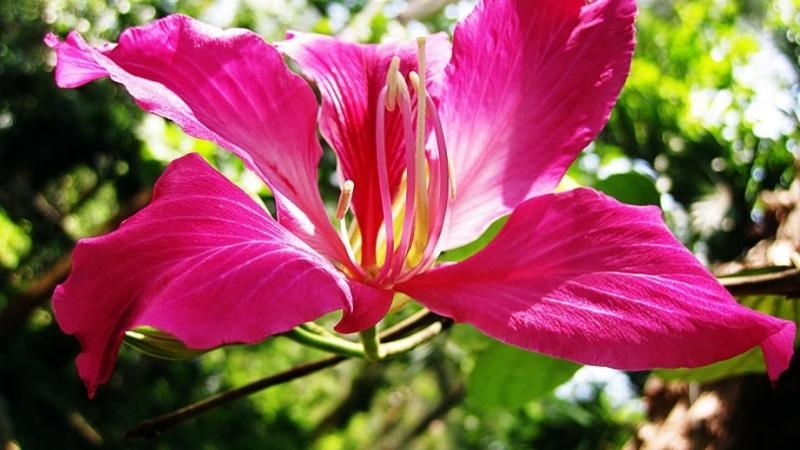 Benefits of the Purple Wisteria
Benefits of the Purple Wisteria
Beyond its aesthetic and environmental contributions, the Purple Wisteria is also used in food and medicine. In cuisine, it serves as a natural coloring and flavoring agent, while in medicine, various parts of the tree are used to treat dysentery, worm infections, headaches, and fever, among other ailments.
3 How to Grow and Care for the Purple Wisteria
Planting the Purple Wisteria
To ensure adequate moisture and nutrient supply, it is recommended to use a mixture of coconut fiber and manure when planting the Purple Wisteria. The planting hole should be 20-25m larger than the tree’s root ball.
When planting, choose a location or soil type that allows for good drainage, and avoid planting the tree too deeply or too densely. Using stakes to support the tree after planting can help it establish its position and prevent wind or other external factors from knocking it over.
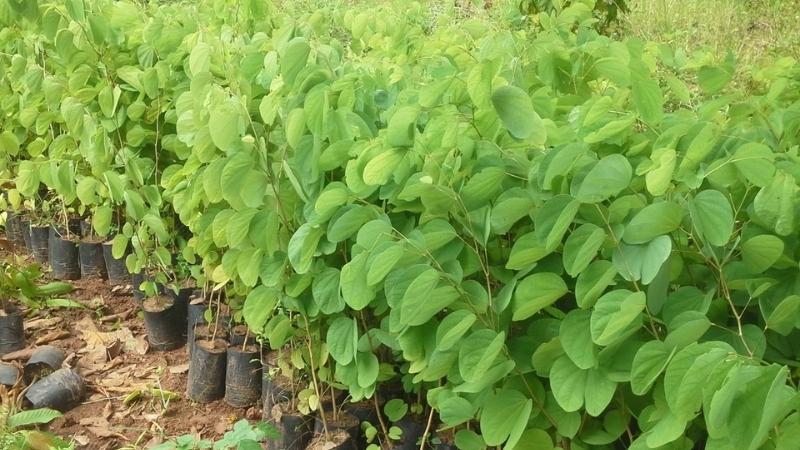 Planting the Purple Wisteria
Planting the Purple Wisteria
Caring for the Purple Wisteria
As the Purple Wisteria thrives in moist conditions, regular watering is essential to keep the tree lush and green. The best time to water is early in the morning or in the evening when the sun is not too intense. During dry and hot seasons, increase the amount of water, and reduce it during rainy seasons to prevent waterlogging.
As mentioned earlier, the Purple Wisteria blooms year-round and requires a significant amount of nutrients to do so. Therefore, when caring for this tree, it is crucial to monitor its nutrient levels and supplement them periodically. It is recommended to apply organic fertilizer once a month and water immediately afterward. Don’t forget to regularly prune dry, rotten, or unsightly branches that obstruct the view or pose a risk of falling.
 Caring for the Purple Wisteria
Caring for the Purple Wisteria
Notes on Growing and Caring for the Purple Wisteria
The Purple Wisteria is susceptible to leaf and bud damage from pests. Therefore, regular inspections and the use of specialized pest control products are necessary to prevent and eliminate these harmful agents promptly. Neglecting this aspect may result in an unsightly tree that loses its initial vitality.
4 5 Beautiful Images of the Purple Wisteria
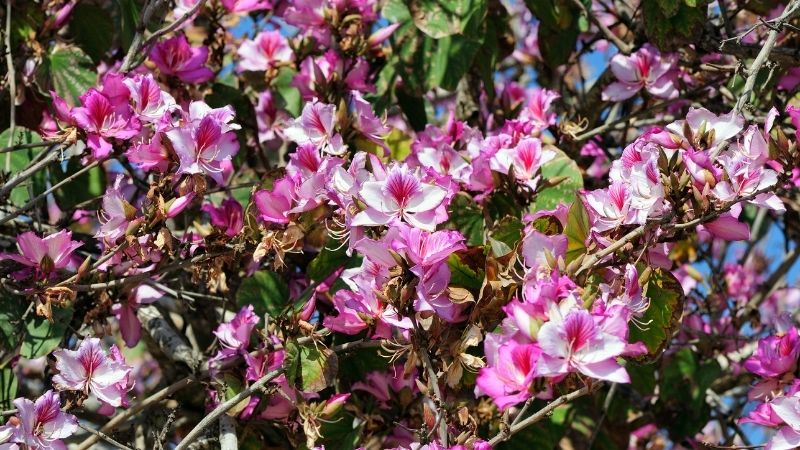 The Purple Wisteria belongs to the Legume family
The Purple Wisteria belongs to the Legume family
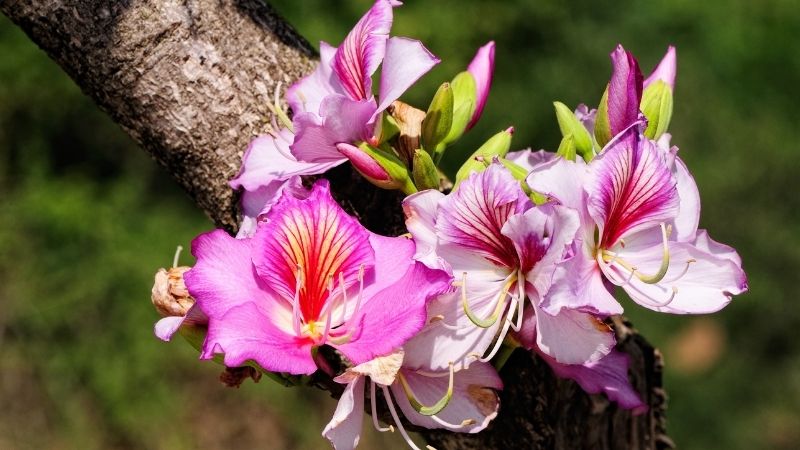 The most commonly cultivated types are woody trees and shrubs
The most commonly cultivated types are woody trees and shrubs
 The Purple Wisteria originates from Asian countries
The Purple Wisteria originates from Asian countries
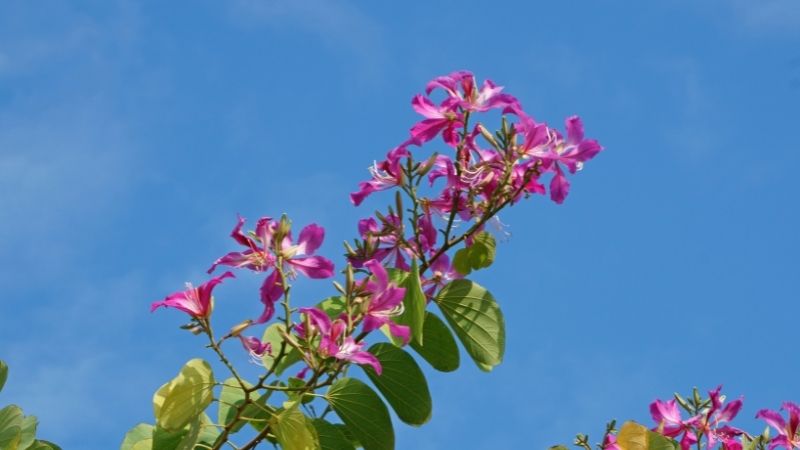 The flowers of the Purple Wisteria are hermaphrodite and grow in sparse clusters
The flowers of the Purple Wisteria are hermaphrodite and grow in sparse clusters
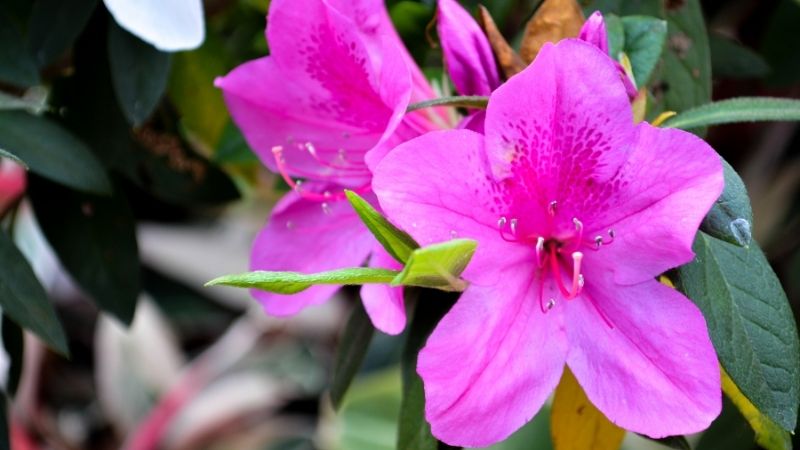 The woody Purple Wisteria typically grows to a height of 2-6 meters
The woody Purple Wisteria typically grows to a height of 2-6 meters
We hope you found this information about the Purple Wisteria helpful and that it will assist you in finding the best care practices for this beautiful tree.
Remove Makeup Effectively with a Familiar Jar of Vaseline
Are you in a rush to get your makeup off but don’t have a dedicated makeup remover on hand? Don’t worry, you can easily remove your makeup with an everyday household item: Vaseline! Its effectiveness in makeup removal has been well-established.



































